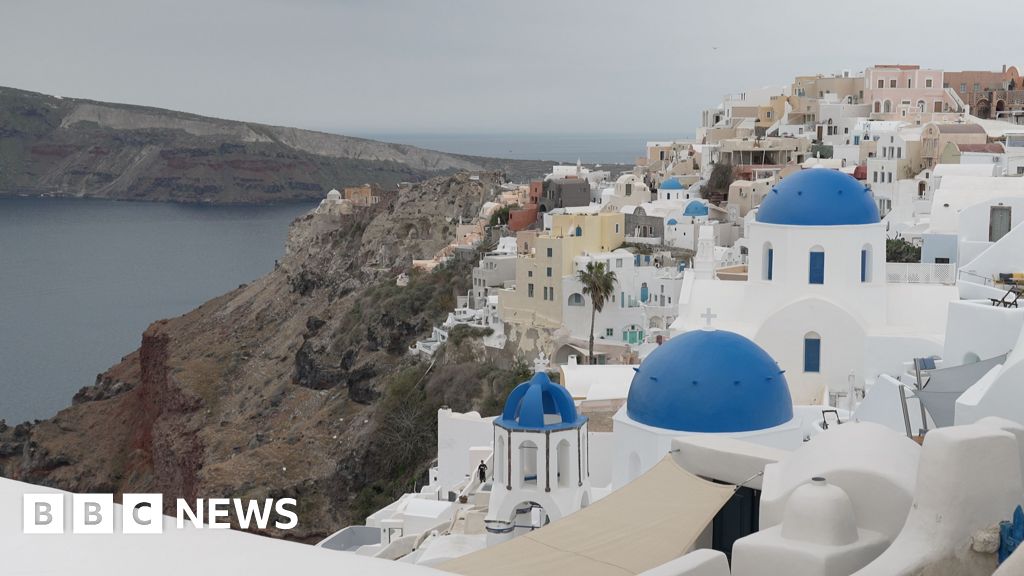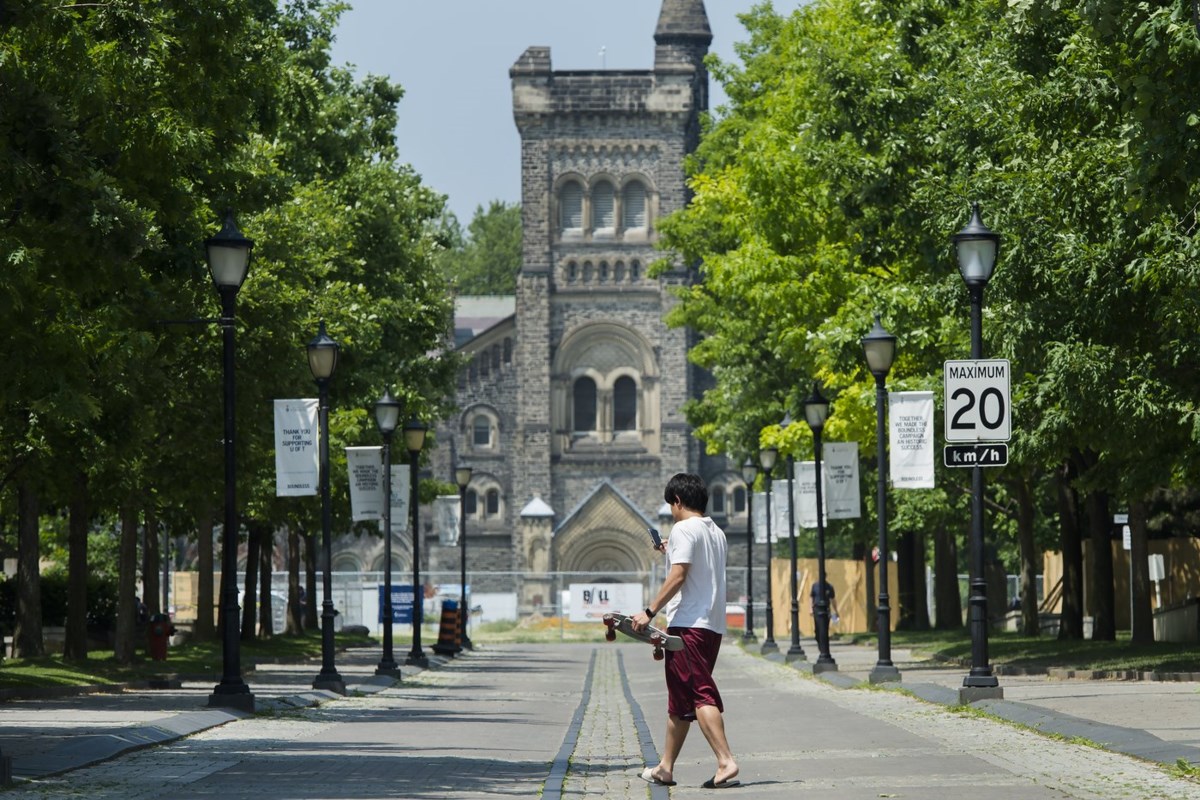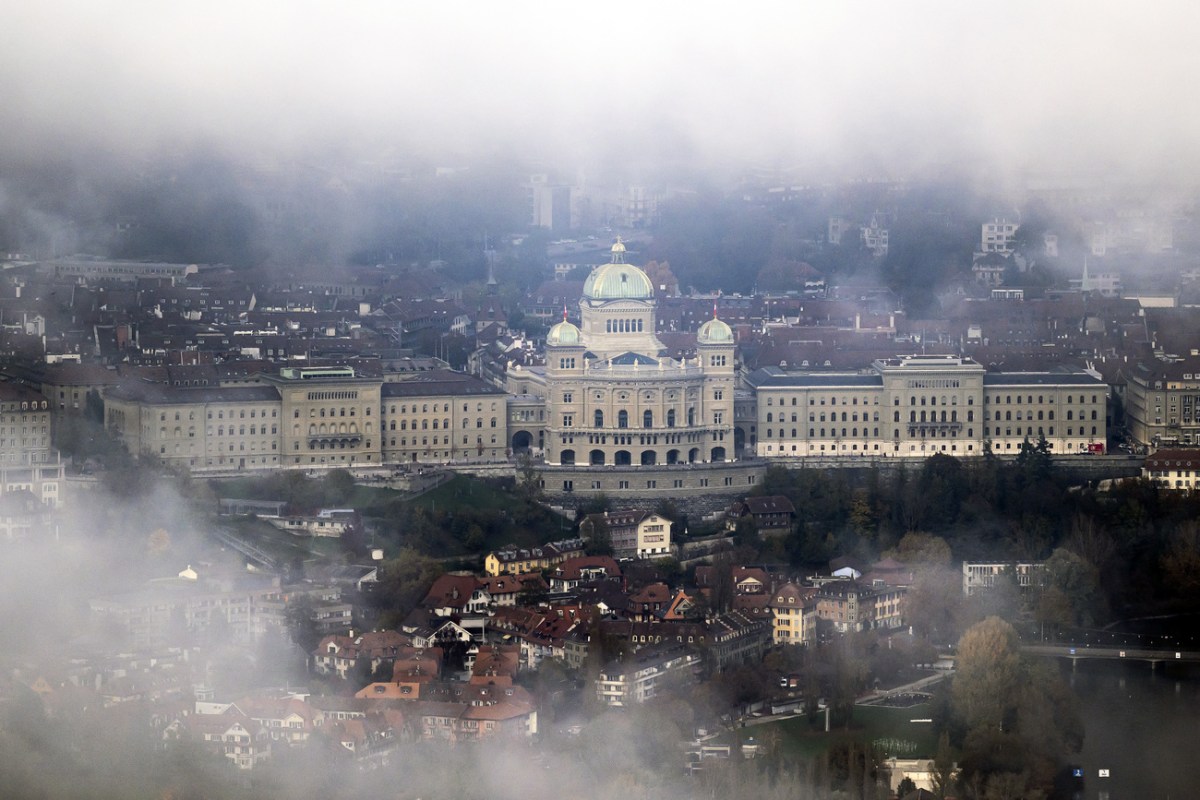Could an Almighty Eruption Destroy the Dreamy Greek Island of Santorini?

Perched atop the stunning cliffs of Santorini, a Greek island renowned for its breathtaking vistas and vibrant tourist culture, lies a hidden menace: the potential for a cataclysmic volcanic eruption. This enchanting destination, famous for its picturesque white-washed buildings and luxurious accommodations, is under the watchful eye of scientists who are now investigating the seismic risks posed by the islands geological characteristics. The island's breathtaking beauty contrasts sharply with its tumultuous volcanic history, particularly a massive eruption that occurred around 1600 BCE, which shaped the geographical features we see today, including a vast crater and a characteristic horseshoe-shaped caldera.
Recently, the British research vessel RRS Discovery, equipped with cutting-edge technology, embarked on an expedition to examine the underwater volcanic system surrounding Santorini. This mission is particularly significant in light of recent seismic activity on the island; nearly half of Santorini's approximately 11,000 residents had to evacuate just weeks earlier due to a series of alarming earthquakes. These tremors were a stark reminder of the tectonic activity that lies beneath the idyllic surface of Santorini, where two tectonic plates grind relentlessly against each other, creating a volatile foundation.
Leading this pivotal mission is Professor Isobel Yeo, a specialist in submarine volcanoes from Britains National Oceanography Centre. She emphasizes that while approximately two-thirds of the world's volcanoes lie submerged underwater, they remain largely unmonitored and misunderstood. 'It's a bit like "out of sight, out of mind" in terms of understanding their danger,' she observes while overseeing the engineering team winching a state-of-the-art robotic vessel off the ships side.
The recent earthquakes serve as a crucial reminder of the threats posed by Santorinis geological activity. The last eruption on the island occurred in 1950, but in 2012, there was a documented "period of unrest" marked by the movement of magma within the volcano's chambers leading to visible swelling of the island. Isobel warns that, 'Underwater volcanoes are capable of truly massive and destructive eruptions,' emphasizing the common misconception that smaller eruptions equate to safety. The 2022 Hunga Tonga eruption in the Pacific, which generated the largest recorded underwater explosion, serves as a chilling example of the potential dangers; it triggered a tsunami that impacted distant shores, including the UK.
As the RRS Discovery navigates through the waters surrounding Santorini, it encounters hydrothermal vents that are teeming with bubbling hot waters and vibrant gas clouds. These underwater features, which can form in proximity to volcanic activity, are crucial to understanding the behavior of the volcanoes. A team of 22 scientists from various global institutions is working tirelessly aboard the ship, hoping to gather crucial data and map these hydrothermal systems. Professor Yeo highlights the challenges of this research, stating, 'We know more about the surface of some planets than we do about what lies beneath our oceans.'
The expedition not only focuses on Santorinis caldera but also extends to Kolumbo, another significant underwater volcano located approximately 7 kilometers northeast of the island. While experts do not anticipate an imminent eruption from either volcano, the potential for future activity is a pressing concern. The data collected during this mission will be instrumental for Greeces Civil Protection Agency, helping them develop geohazard maps to better prepare for possible volcanic activity.
Professor Paraskevi Nomikou, a member of the government emergency group that convened during the recent earthquake crisis, underscores the importance of this research for local communities. Growing up on the island, she recalls hearing stories from her grandfather about past volcanic eruptions and seismic events, which inspired her pursuit of a career in geology. 'This research is crucial because it will inform local people about how active the volcanoes are and will help delineate areas that should be avoided during an eruption,' she asserts.
Collecting samples of volcanic rocks from the ocean floor, the researchers are uncovering fascinating geological history. However, the mission comes with risks, as some rocks are laden with toxic substances like arsenic. 'This geological environment is unlike any other; it's an exhilarating discovery process,' notes John Jamieson, a professor from Canadas Memorial University in Newfoundland, as he shares insights about the complexities of the materials they are examining.
The heart of their operations is a dark shipping container atop the ship, where a team monitors data collected from the robot using advanced technology. They are engaged in interpreting the interactions of fluids and rocks, and their findings will contribute to a three-dimensional map of how the hydrothermal system is interconnected with the magma chamber beneath the volcano. 'We are doing science for the people, not just for the sake of science,' states Professor Nomikou, emphasizing their commitment to community safety.
The recent earthquake crisis in Santorini highlighted the vulnerability of its residents and the islands heavy reliance on tourism. Back on land, Eva Rendl, a local photographer, recounts the panic she felt during the recent seismic events. 'It was really scary, as it got more and more intense,' she shared, noting that her business has suffered due to cancellations from concerned tourists. In the upscale town of Oia, British-Canadian tourist Janet expressed her concerns about the situation, suggesting that better scientific communications could foster confidence in traveling to the island. 'I get alerts from scientists, and it helps me feel safe,' she remarked.
Despite the challenges, the allure of Santorini remains strong, with newlyweds Tom and Kristina choosing to visit the island for their wedding photography amidst the backdrop of its stunning landscapes.





























